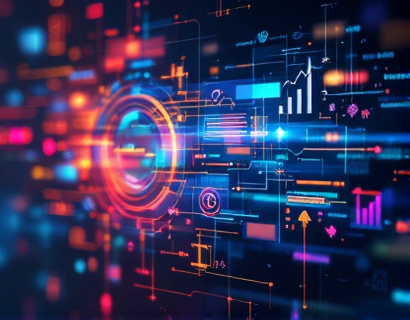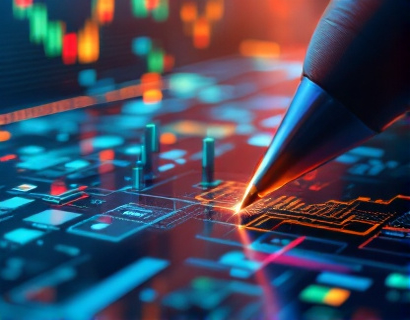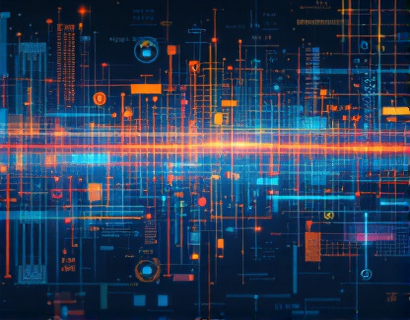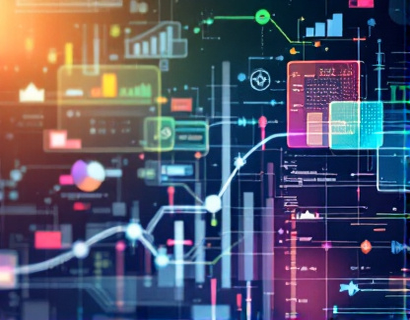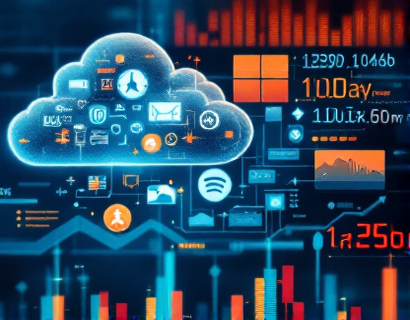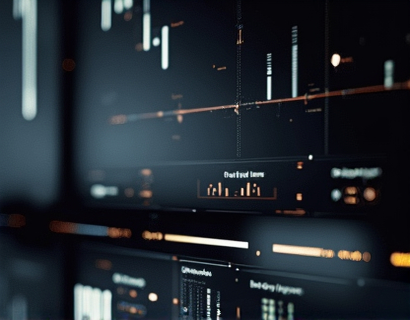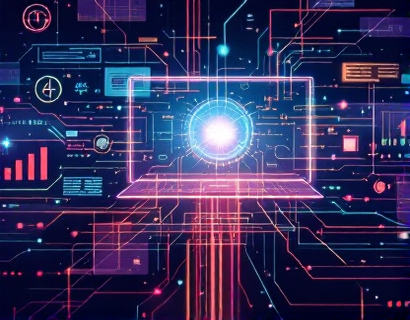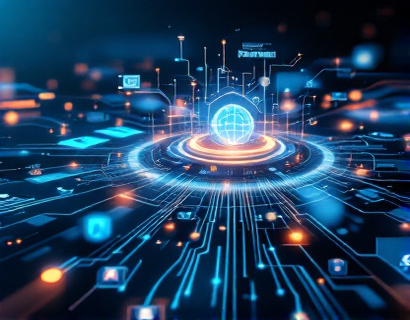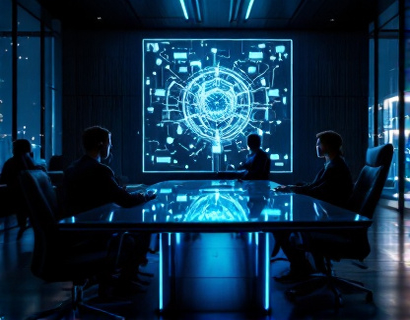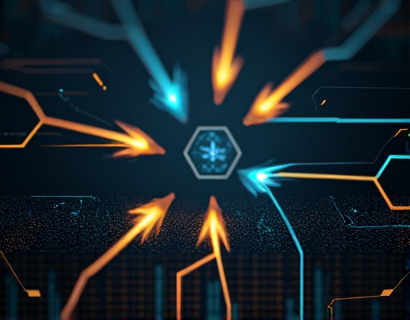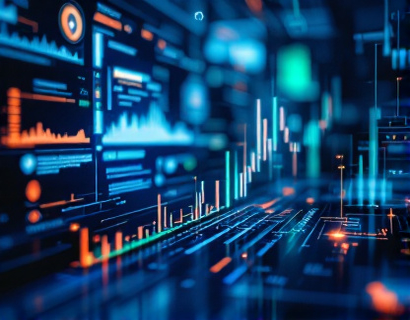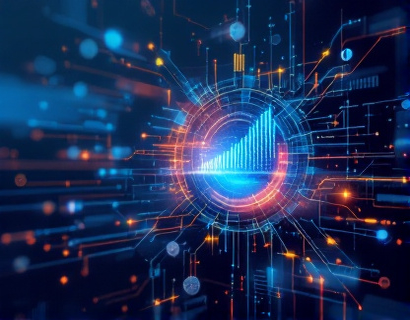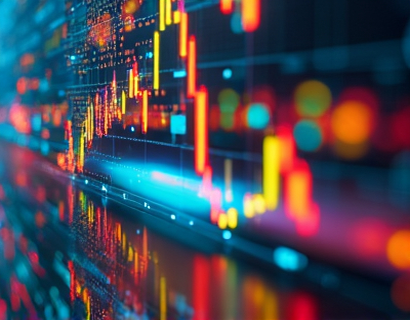Blockchain for Art: Advancing Authenticity and Provenance through Decentralized Tracking
Blockchain technology, originally designed to support cryptocurrencies, has found a novel application in the art world, revolutionizing the way authenticity and provenance of artworks are verified and managed. This decentralized ledger system offers a secure, transparent, and immutable record of transactions, making it an ideal solution for tracking the history and ownership of historical artifacts and artworks. By leveraging blockchain, the art and heritage management sector is becoming more efficient, transparent, and secure, thereby safeguarding our shared cultural legacy for future generations.
The traditional art market has long struggled with issues of authenticity and provenance. Art forgeries, misattributed works, and unclear ownership histories have been persistent problems, often leading to significant financial losses and damage to reputations. Blockchain technology addresses these challenges by providing a tamper-proof and transparent record of an artwork's journey from creation to current ownership. Each transaction, from the artist's studio to private collections, galleries, and museums, is recorded on the blockchain, creating an unalterable chain of custody.
One of the key benefits of using blockchain in the art world is the enhancement of authenticity verification. Artists, galleries, and collectors can upload detailed information about a piece, including creation date, materials used, and any relevant certificates of authenticity. This data is cryptographically secured and linked to the artwork's unique identifier on the blockchain. Potential buyers can access this information with ease, ensuring they are purchasing genuine pieces. This level of transparency not only builds trust but also adds value to the artwork, as verified authenticity is a critical factor in determining an art piece's worth.
Provenance, the history of ownership and exhibition of an artwork, is another area where blockchain excels. Traditional methods of documenting provenance are often paper-based and prone to loss, damage, or manipulation. Blockchain provides a digital and immutable record of every transaction, exhibition, and ownership change. This comprehensive history is accessible to all stakeholders, from the artist to the current owner, and can be verified at any time. Such transparency reduces the risk of fraud and helps establish a clear and credible lineage for the artwork, which is essential for its valuation and insurance.
The implementation of blockchain in art provenance also facilitates better collaboration and information sharing among museums, cultural institutions, and collectors. These entities can securely share data and insights, contributing to a more interconnected and knowledgeable art community. For instance, museums can verify the authenticity and provenance of artworks in their collections more efficiently, ensuring that their holdings are legitimate and ethically sourced. This is particularly important for institutions dealing with artifacts that have complex or contentious histories, such as those acquired during colonial periods or conflict zones.
Moreover, blockchain technology can help address the issue of art theft and illicit trafficking. By recording the ownership and movement of artworks on a public blockchain, it becomes much harder for stolen pieces to be sold or hidden. Law enforcement and art recovery organizations can utilize blockchain data to trace the history of a stolen artwork, identifying potential buyers and sellers involved in the illegal trade. This not only aids in the recovery of stolen art but also deters potential thieves, knowing that their illicit activities will leave a permanent digital trace.
The benefits of blockchain extend beyond individual artworks to the broader art market. The increased transparency and security can lead to a more robust and trustworthy market, attracting new investors and collectors. For art enthusiasts and collectors, the ability to verify the authenticity and provenance of a piece with a few clicks enhances the buying experience and confidence in their investments. This, in turn, can drive up the demand for verified artworks, potentially increasing their market value.
Another significant advantage of blockchain in the art world is the streamlining of administrative processes. Traditional art transactions involve numerous intermediaries, such as appraisers, lawyers, and notaries, which can make the process cumbersome and costly. Blockchain simplifies these processes by automating and decentralizing them. Smart contracts, self-executing contracts with the terms directly written into code, can automate the transfer of ownership and payment once predefined conditions are met. This reduces the need for intermediaries, lowers transaction costs, and accelerates the completion of art transactions.
The use of blockchain also promotes the preservation and management of cultural heritage. By creating a permanent and accessible record of artworks and artifacts, blockchain helps preserve the cultural and historical context of these items. This is particularly important for items that are at risk of being lost or destroyed due to natural disasters, conflicts, or neglect. Digital records on the blockchain ensure that even if the physical items are lost, their history and significance are not forgotten.
Furthermore, blockchain can facilitate the repatriation of cultural artifacts to their countries of origin. Many museums and private collections hold items that were acquired under questionable circumstances, often from countries with rich cultural heritages. Blockchain can provide irrefutable evidence of an item's provenance, supporting claims for repatriation. This technology can thus play a crucial role in rectifying historical injustices and returning cultural treasures to their rightful owners.
The adoption of blockchain in the art world is not without its challenges. One of the primary concerns is the technical complexity and the need for widespread education and adoption among artists, galleries, museums, and collectors. Many in the art industry may be unfamiliar with blockchain technology, requiring significant effort to integrate it into existing workflows. However, as the benefits become more apparent and user-friendly solutions emerge, the adoption rate is expected to grow.
Another challenge is the scalability and environmental impact of blockchain networks, particularly those using proof-of-work consensus mechanisms. These networks consume substantial amounts of energy, raising concerns about their sustainability. However, the art community can opt for more environmentally friendly blockchain platforms, such as those using proof-of-stake or other energy-efficient consensus algorithms. As the technology evolves, these issues are likely to be addressed, making blockchain an even more viable option for the art world.
In conclusion, blockchain technology is transforming the art world by providing a secure, transparent, and efficient method for tracking the authenticity and provenance of artworks and artifacts. By leveraging this decentralized ledger system, the art and heritage management sector can enhance trust, reduce fraud, and streamline administrative processes. This not only protects valuable cultural assets but also fosters a more collaborative and informed art community. As blockchain continues to mature and become more accessible, its role in preserving and managing our cultural heritage will only grow more significant.




